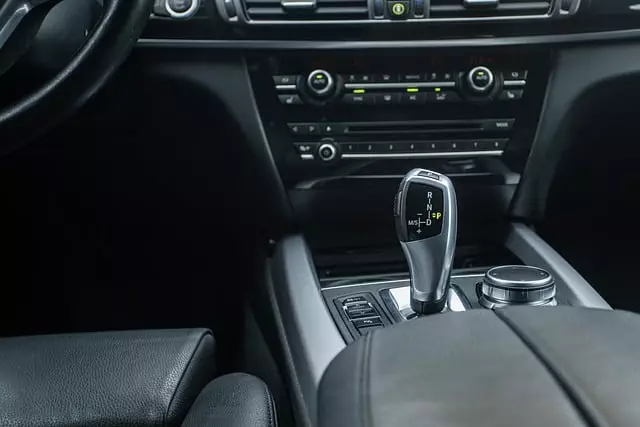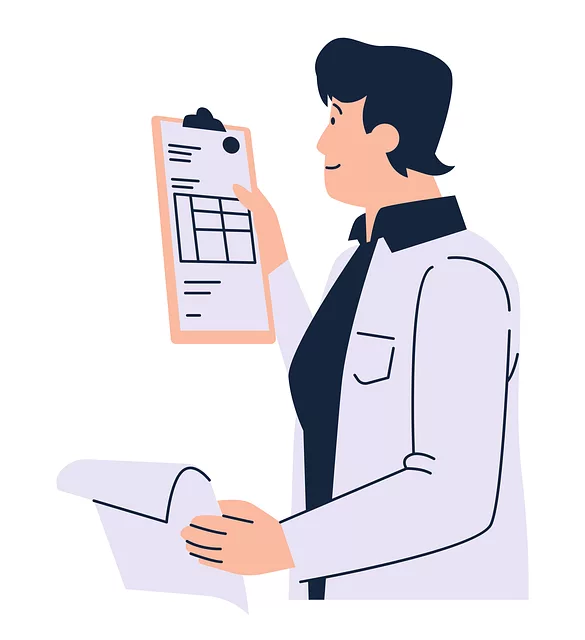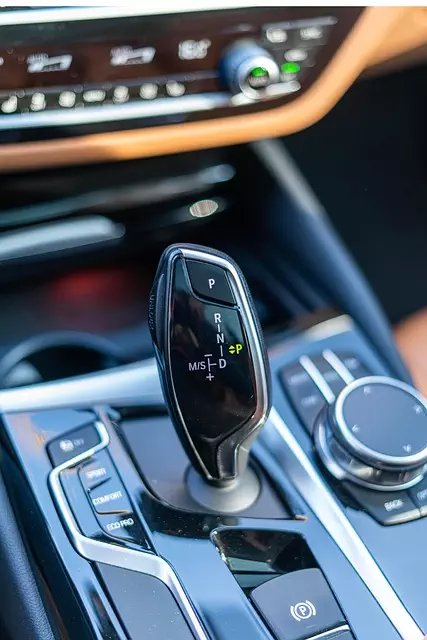Understanding and optimizing your auto insurance premium involves several strategic steps:
1. Risk Profile Evaluation: A clean driving record, safe vehicle features, and safer driving habits lead to lower premiums. Regularly review and update policies as needed.
2. Driving History: Years of experience, accident-free records, and no moving violations improve rates over time through responsible driving behaviors.
3. Vehicle Specifications: Newer models with safety features, fuel efficiency, or electric/hybrid technology can reduce costs due to lower risk profiles.
4. Policy Bundling: Combining multiple vehicles under one insurer significantly lowers premiums by reducing administrative costs and offering discounts.
5. Coverage Optimization: Tailor insurance based on vehicle value, driving habits, and local risks. Compare quotes from multiple providers for personalized, affordable coverage.
6. Take Advantage of Discounts: Utilize safe driving records, student discounts, bundle packages, loyalty rewards, anti-theft devices, hybrid vehicles, or specific organization memberships for substantial savings.
7. Compare Quotes Strategically: Go beyond price points when comparing quotes. Assess coverage ranges, insurer reputation, and customer service reviews to make informed decisions.
8. Stay Current with Changes: Regularly update policies based on personal improvements (e.g., defensive driving courses) or market trends to achieve lower rates through informed policy adjustments.
Looking to lower your auto insurance premium? Understanding how your policy pricing is calculated is the first step. Several factors influence your auto insurance rate, including your driving history, vehicle type, and coverage choices. By evaluating your risk profile and exploring options like bundling policies or comparing quotes, you can save big on your monthly premiums. This article guides you through these strategies to help you navigate the market effectively and secure affordable car insurance that suits your needs.
Understanding Your Auto Insurance Premium: Factors at Play

Understanding your auto insurance premium is a crucial step in learning how to lower your auto insurance premium. Several factors influence the cost of your car insurance, and being aware of these can help you make informed decisions to save money. One significant factor is your driving history; previous claims, accidents, or traffic violations can significantly impact your premium. Insurers consider these as risks, so a clean driving record usually results in lower rates.
Another critical element is your vehicle’s make and model. Some cars are more prone to accidents or theft, which increases insurance costs. Older vehicles might also have higher repairs and replacement costs, reflecting in the premium. Additionally, where you live and drive matters; areas with high crime rates or heavy traffic will typically lead to pricier insurance as the risk of accidents or theft is perceived to be greater.
Evaluating Your Risk Profile: Safety First

When looking to save on your car insurance premium, evaluating your risk profile is a crucial first step. Safety should always be your top priority, as it directly influences your insurance costs. A clean driving record with no accidents or violations significantly lowers your rates. Insurance companies consider you a safer driver and thus less risky to insure. Regularly reviewing your policy and claims history to ensure accuracy can also help.
Additionally, your vehicle’s safety features play a part in determining your premium. Cars equipped with advanced airbags, anti-lock brakes, and other safety mechanisms are often seen as less of a financial risk by insurers. Upgrading to a safer vehicle or adding these features if possible can lead to substantial savings on your auto insurance over time.
The Impact of Driving History and Experience

Your driving history and experience play a significant role in determining your auto insurance premium. Insurers consider factors like the number of years you’ve been driving, your accident record, and any moving violations you may have accrued. The more experienced you are behind the wheel, the better your chances of being considered a safer driver by insurance companies. This generally translates to lower premiums.
However, if you’re a new driver or have had several accidents or tickets in the past, expect to pay higher rates. To lower your auto insurance premium, focus on maintaining a clean driving record. This includes obeying traffic laws, avoiding unnecessary risks, and demonstrating consistent safe driving behavior. Over time, as your driving history improves, so will your insurance rates.
Vehicle Make, Model, and Age: A Costly Consideration

When considering how to lower your auto insurance premium, one of the first places to look is your vehicle’s make, model, and age. Older vehicles tend to have higher insurance costs due to their higher repair and replacement values. Additionally, certain makes and models are more prone to accidents or theft, which can drive up rates. For example, luxury cars or sports vehicles may have higher premiums due to their cost and the potential for higher damage in an accident.
To save on your auto insurance premium, consider opting for a newer model or choosing a vehicle known for its safety features and lower repair costs. Many insurance companies offer discounts for vehicles equipped with anti-theft systems, airbags, and other advanced safety technologies. Opting for a fuel-efficient or electric vehicle can also lead to savings, as these models often have lower overall operating costs and may be seen as less risky by insurers.
Insuring Multiple Vehicles: Bundling Benefits

Insuring multiple vehicles with the same provider can significantly lower your auto insurance premium. Bundling policies offers several advantages, including reduced administrative costs for the insurer and potential discounts that they pass on to you as a customer. If you own more than one car, motorcycle, or even a recreational vehicle, combining these under a single policy is a smart financial move.
When you bundle, you can expect better rates since insurers often provide per-vehicle discounts when policies are combined. This strategy also streamlines your billing process, making it easier to manage and potentially saving time and effort in tracking multiple policies from different companies. So, if you’re an owner of more than one vehicle, consider bundling them for a simpler, more cost-effective insurance experience that could save you money on your auto insurance premium.
Choosing the Right Coverage: What's Necessary?

Choosing the right coverage is a crucial step in lowering your auto insurance premium. It involves understanding what types of protection are essential for your specific needs and driving habits, without overspending on unnecessary features. For instance, if you have an older vehicle with low resale value, comprehensive and collision coverages might not be as critical compared to liability coverage, which protects you against claims from other parties in the event of an accident. Conversely, if you drive long distances or commute through high-risk areas, these additional protections could be more beneficial for risk mitigation.
Assess your driving history and habits as well. Safe drivers with clean records often qualify for lower premiums due to their reduced risk profile. Avoiding claims, maintaining a safe following distance, and adhering to speed limits can help keep rates down. Additionally, comparing quotes from multiple insurers is a practical way to ensure you’re getting the best deal on coverage tailored to your needs.
Discounts to Save Big: Unlocking Potential Savings

Car insurance premiums can be a significant expense, but there are numerous discounts available that can help lower your costs. One of the most effective ways to save big on your auto insurance premium is by taking advantage of these discounts. Many insurance companies offer a range of incentives to attract and retain customers. For instance, safe driving records, good student discounts, bundle packages (combining auto and home insurance), and loyalty rewards for long-term policyholders can all result in substantial savings.
Additionally, specific lifestyle choices and vehicle features can unlock further potential savings. This includes discounts for anti-theft devices, safe driver training courses, electric or hybrid vehicles, and membership in certain organizations. By reviewing your options and understanding the eligibility criteria for each discount, you can significantly reduce your auto insurance premium and save money over time.
Comparing Quotes: Navigating the Market

Comparing Quotes is a pivotal step in navigating the market for auto insurance and how to lower your auto insurance premium. It’s an effective way to ensure you’re getting the best coverage for your needs at a price that fits your budget. Start by gathering quotes from multiple insurers. Utilize online platforms or directly contact companies to request estimates. When comparing, consider factors beyond just the quoted price. Assess the range of coverages offered, the reputation of the insurer, and customer service reviews.
Remember, the cheapest option may not always be the best. Opting for minimal coverage could leave you vulnerable in case of an accident. Look for a balance between comprehensive yet affordable plans. Reviewing policies side by side will help you identify value and ensure you’re making an informed decision to reduce your How to Lower Your Auto Insurance Premium effectively.
Staying Informed and Updating Your Policy Regularly

Staying up-to-date with changes in your personal circumstances and the insurance industry is a powerful way to lower your auto insurance premium. Regularly review your policy to ensure it still aligns with your needs. For instance, if you’ve recently completed a defensive driving course or had a clean record for several years, update your policy accordingly to reflect these changes. Insurers often offer reduced rates for such improvements.
Additionally, stay informed about market trends and competitor offers. Different insurance providers have varying pricing structures, and new policies may better suit your current needs and save you money. By staying informed, you can make more confident decisions when renewing or adjusting your policy, ultimately helping you to lower your auto insurance premium.



